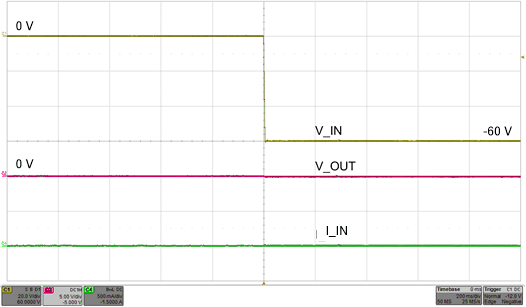SLVSEM1A March 2019 – September 2019 LM76202-Q1
PRODUCTION DATA.
- 1 Features
- 2 Applications
- 3 Description
- 4 Revision History
- 5 Pin Configuration and Functions
- 6 Specifications
- 7 Parameter Measurement Information
-
8 Detailed Description
- 8.1 Overview
- 8.2 Functional Block Diagram
- 8.3
Feature Description
- 8.3.1 Undervoltage Lockout (UVLO)
- 8.3.2 Overvoltage Protection (OVP)
- 8.3.3 Reverse Battery Protection
- 8.3.4 Hot Plug-In and In-Rush Current Control
- 8.3.5 Overload and Short Circuit Protection
- 8.4 Device Functional Modes
-
9 Application and Implementation
- 9.1 Application Information
- 9.2
Typical Application
- 9.2.1 Design Requirements
- 9.2.2 Detailed Design Procedure
- 9.2.3 Application Curves
- 10Power Supply Recommendations
- 11Layout
- 12Device and Documentation Support
- 13Mechanical, Packaging, and Orderable Information
Package Options
Mechanical Data (Package|Pins)
- PWP|16
Thermal pad, mechanical data (Package|Pins)
- PWP|16
Orderable Information
8.3.3 Reverse Battery Protection
To protect the electronic systems from reverse battery voltage due to miswiring, often a power component like a schottky diode is added in series with the supply line as shown in Figure 27. These additional discretes result in a lossy and bulky protection solution. The LM76202-Q1 devices feature fully integrated reverse input supply protection and does not need an additional diode. These devices can withstand a reverse voltage of –60 V without damage. Figure 28 illustrates the reverse input polarity protection functionality.
 Figure 27. Reverse Battery Protection Circuits - Discrete vs LM76202-Q1
Figure 27. Reverse Battery Protection Circuits - Discrete vs LM76202-Q1  Figure 28. Reverse Input Supply Protection at –60 V
Figure 28. Reverse Input Supply Protection at –60 V